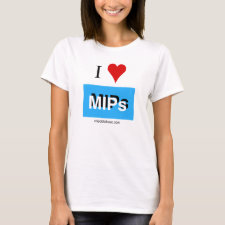
Authors: Miyata T, Hayashi T, Kuriu Y, Uragami T
Article Title: Responsive behavior of tumor-marker-imprinted hydrogels using macromolecular cross-linkers.
Publication date: 2012
Journal: Journal of Molecular Recognition
Volume: 25
Issue: (6)
Page numbers: 336-343.
DOI: 10.1002/jmr.2190
Abstract: Tumor-marker-imprinted hydrogels having lectin and antibody molecules as ligands for a tumor-specific marker glycoprotein were strategically prepared by biomolecular imprinting using minute amounts of low-molecular-weight or high-molecular-weight cross-linkers. The tumor-marker-imprinted hydrogels shrank gradually in response to a target glycoprotein, because their apparent cross-linking density increased owing to simultaneous complex formation of lectin and antibody ligands with a target glycoprotein after their ligands dynamically recognized the glycoprotein. The swelling ratio of the tumor-marker-imprinted hydrogel using high-molecular-weight cross-linker with an optimal chain length decreased more drastically than that using a low-molecular-weight cross-linker, but the hydrogel using the cross-linker with a chain that was too long did not exhibit tumor-marker responsive behavior. This paper focuses on the effect of the molecular weight of cross-linkers on the responsive behavior of tumor-marker-imprinted hydrogels having lectin and antibody molecules as ligands. The cross-linker chain length was an important factor in determining the dynamic glycoprotein recognition and responsive behavior of the biomolecule-imprinted hydrogels. Copyright © 2012 John Wiley & Sons, Ltd
Template and target information: tumor marker, glycoprotein
Author keywords: molecular imprinting, hydrogel, stimuli-responsive gel, Tumor marker, glycoprotein, lectin, antibody, molecular recognition



Join the Society for Molecular Imprinting

New items RSS feed
Sign-up for e-mail updates:
Choose between receiving an occasional newsletter or more frequent e-mail alerts.
Click here to go to the sign-up page.
Is your name elemental or peptidic? Enter your name and find out by clicking either of the buttons below!
Other products you may like:
 MIPdatabase
MIPdatabase









